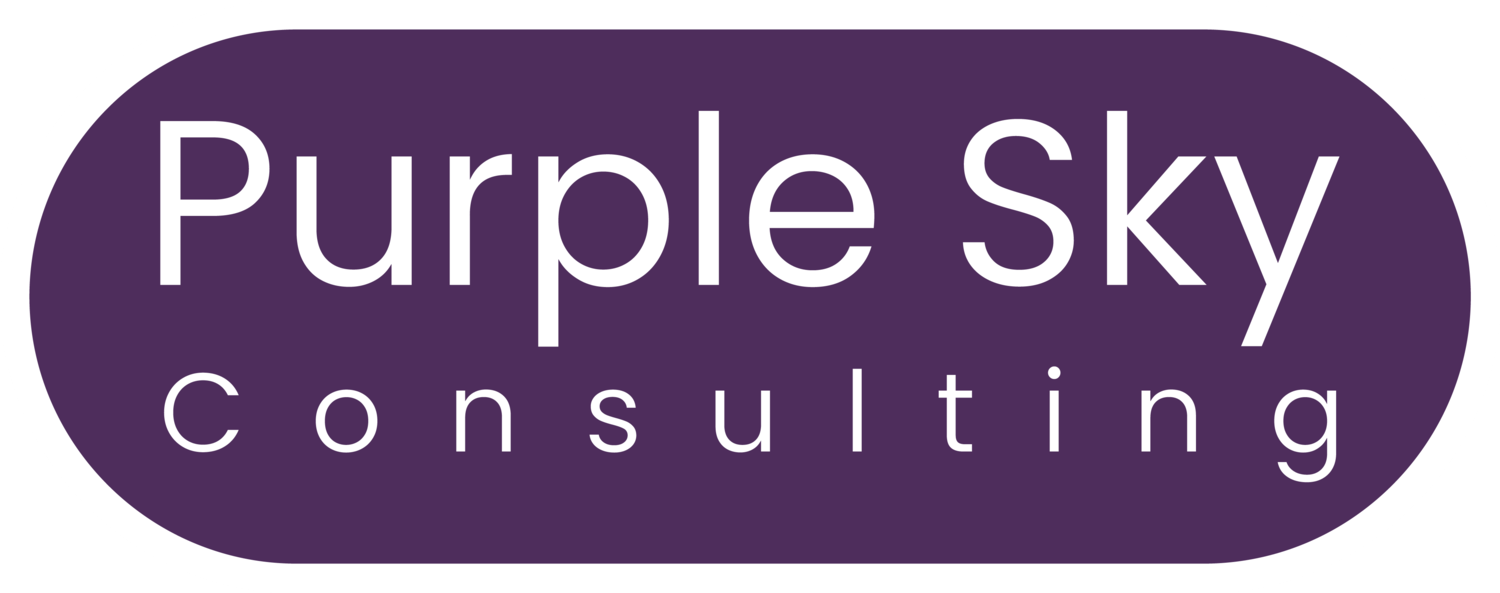Why Onboarding takes longer than 1 month (to be successful).
Photo by Nick Fewings on Unsplash
How long was your Onboarding experience at your last new job?
Was it enough?
Was it enough to set you up for success?
Only 37% of organisations say their onboarding lasts longer than 30 days but when you consider it can take 6-12 months to get to an expected level of performance – why wouldn’t the same go for the Onboarding experience?
If the aim of this experience is to set a new starter, mover, or returner up for success, then surely it should run until they have been given all the input, development, and support they need to reach a required level of performance.
This is where we need to start looking at Onboarding differently. To be successful, and really impactful, your Onboarding Experience needs to be just that, an experience, not a tick box exercise or completing a list of “meet and greet”.
When you consider that only 12% of HR Leaders feel that their onboarding is exceptional, we know we’ve got work to do especially when a better onboarding experience improves retention by 82% and performance by 70%.
According to a recent poll I ran – Onboarding seems to be a top priority for People Teams developing their Employee Experience strategy – which is great news!
According to a recent poll I ran on LinkedIn – Onboarding seems to be a top priority for People Teams developing their Employee Experience strategy – which is great news!
How to support an Onboarding Experience beyond the first month?
A question I come across regularly is how to make onboarding last longer than 2 weeks (never mind a month!).
For me, the answer is to think of the Onboarding Experience as a mindset, not a task. Yes, you will need a plan for certain activities, introductions, and development but this is about acknowledging that the onboarding experience is more than those things.
This is about creating breathing space for settling in, and time for the learning they need to successfully integrate into their new role – this doesn’t happen after 1 month.
This means alongside the scheduled activities, you need to keep open to the reality that the new or promoted person should remain in the learning and preparing phase to enable them to perform fully.
To make onboarding feel like an experience that goes beyond the schedule, consider these next steps.
Arrange the right learning and introductions at the right point – there is no need to cram these into the first few weeks so that you’ve covered all the bases.
The new person will be taking on a lot so stick to what’s necessary and introduce things at the right times e.g., they might need to be able to use a Finance system, but they are only going to need to use this from 3 months in.
Early on you can help them understand this will be a requirement and why this will be important but schedule this for the right time – when they are going to need it.
A key benefit for the hiring Leader is that it will mean less wasted time. Giving the new person space to focus on the priorities first will help them to identify for themselves what they need as they start to digest the first stages of their Onboarding. It doesn’t have to be all figured out or done for them.
Remember that it starts before Day 1 – Make sure you start the Onboarding Experience from the minute they accept the role.
Keep in touch and agree on how they’d like to be involved or communicated with ahead of Day 1, so that you aren’t starting as strangers again on day one.
Regular check-ins that recognise the learning curve they are on – Once they’ve started, line managers should be regularly reviewing where they’re up to and what they’ll need next.
This keeps the experience relevant to them and their requirements, but it also connects them both and continues to build the relationship.
Set goals – by setting some short-term goals for the Onboarding Experience, this gives a focus. These goals don’t have to be fully target-driven, they can revolve around what a successful integration looks like.
When you are agreeing performance targets for the Onboarding phase – remember to adjust these to reflect they are in the onboarding phase. It is unreasonable to expect the same of them as someone fully integrated and experienced in their role.
You might want them to be at the same level quickly, but be realistic – hey, they might smash the goals and meet the high levels of performance required quickly, which is excellent, but that is more likely to be the case if they have the space to achieve something realistic first.







